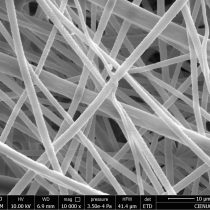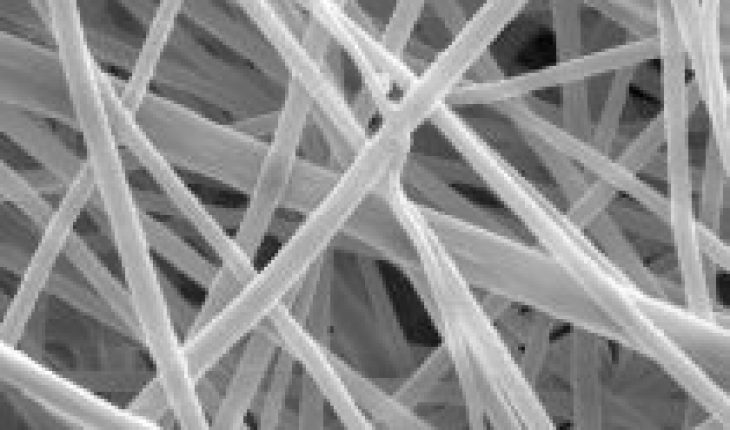
Science is advancing to deliver new materials that are less polluting with the environment and with functionalities. This year, a research group from the University of Santiago de Chile managed to produce uniform antimicrobial fibers with concentric wall/core structure with a technique known as “electrospinning” or coaxial electrohilation, a novel technique that allows to produce and improve the production of polymer fibers with high surface area.
With the innovative use of the technique of coaxial electrohilado can incorporate antimicrobial or antioxidant agents, but also, very small fibers are achieved, of diameters in the nano- and micrometric range, which expands its use, for example, in the area of medicine or food packaging.
In simple words, the electrolysing technique uses a pump that injects a polymer in solution, a high voltage source and a collector that gathers the material produced. The polymeric solution when receiving a high voltage is stretched, the solvent evaporates and the resulting material is collected as fibers.
Usach academic Carol López de Dicastillo explains the process in detail: “The novelty of coaxial electrohilation is that it allows working with two polymeric solutions of different nature and obtaining concentric fibers. This structure known as “core/wall” allows substances of interest, such as antimicrobial agents, to be encapsulated in the core of the fiber, and in this way protect them and allow their release to food at an appropriate speed.”
Another advantage of this technique, explains the specialist, is that it allows plastics to be processed at room temperature and in this way protect some polymers and additives that deteriorate when heat is applied to them, and in addition, very thin layers are obtained. These fibers would be part of a food packaging material that would release this antimicrobial substance to the food, preventing the growth of bacteria and fungi and, in this way, extending its useful life.
The research led by Dr. Carol López de Dicastillo has resulted in several publications in high-impact scientific journals such as Polymer Testing and Carbohydrate Polymers, and has been carried out at the Center for Innovation in Packaging (LABEN) of the Department of Food Science and Technology at USACH and CEDENNA (Center for the Development of Nanoscience and Nanotechnology).
In turn, the results of this research are part of the Fondecyt Regular project 1200766 and will allow to obtain multilayered, biodegradable systems with antimicrobial activity. This project proposes the development with different biodegradable polymers such as polylactic acid, cellulose acetate and chitosan, and the use of natural substances with high antioxidant capacity, such as curcumin and quercithin, and antimicrobials such as ethyl lauroyl arginate, better known as LAE.
The academic assures that the scope of the research project is directed towards two important objectives that would have a positive impact on our society: the reduction of the loss of perishable foods due to microbial deterioration, as well as the impulse towards a greater presence of biodegradable packaging that has a lower impact on the environment, concluded the academic.





